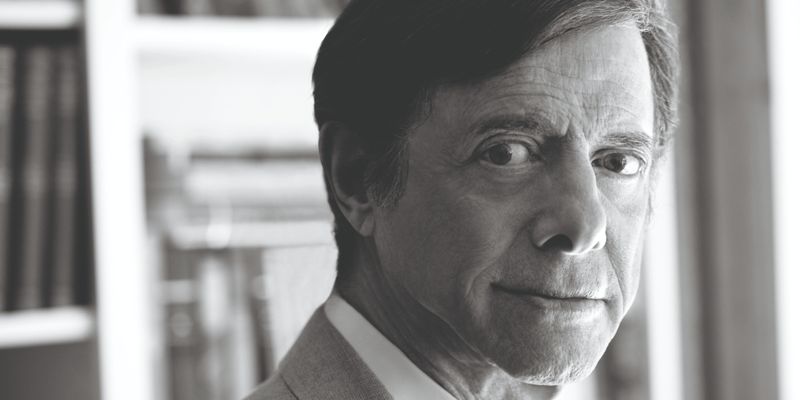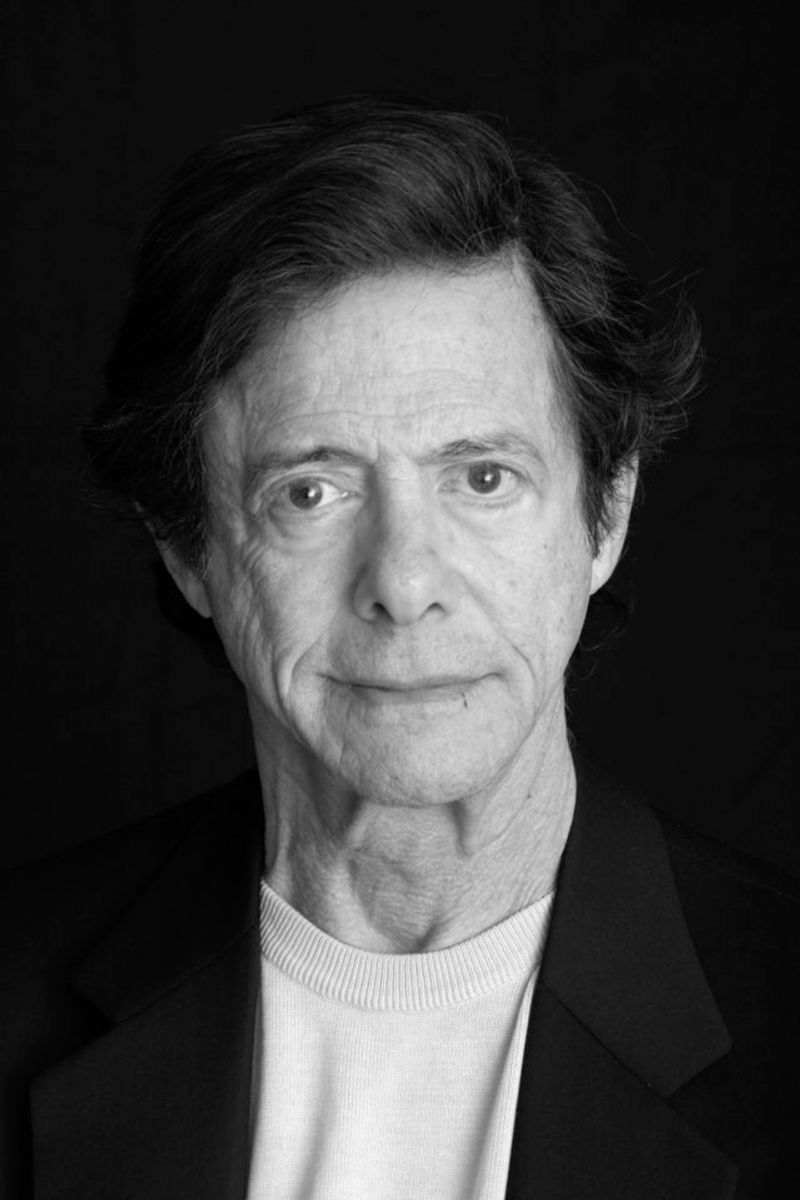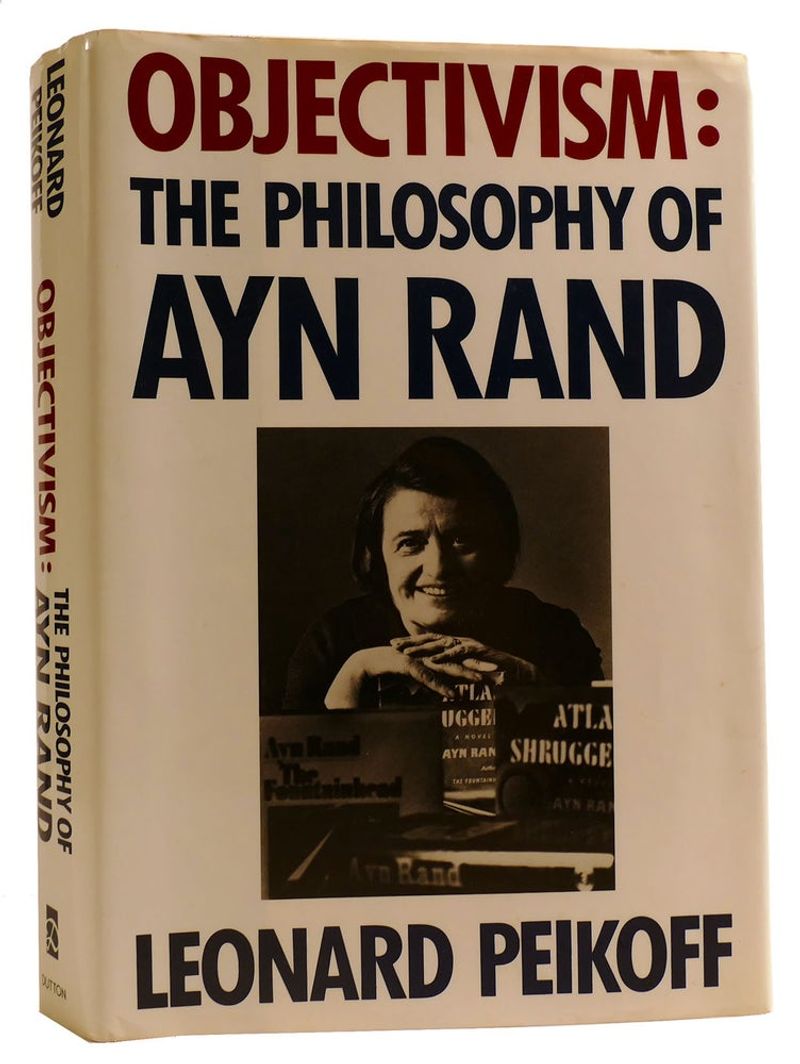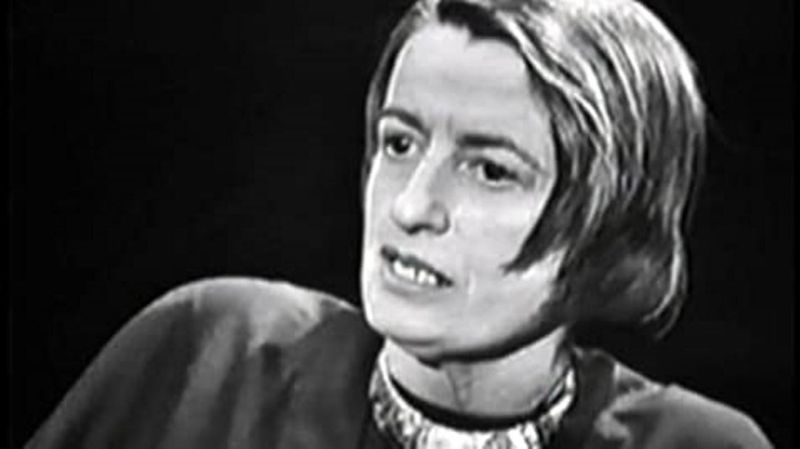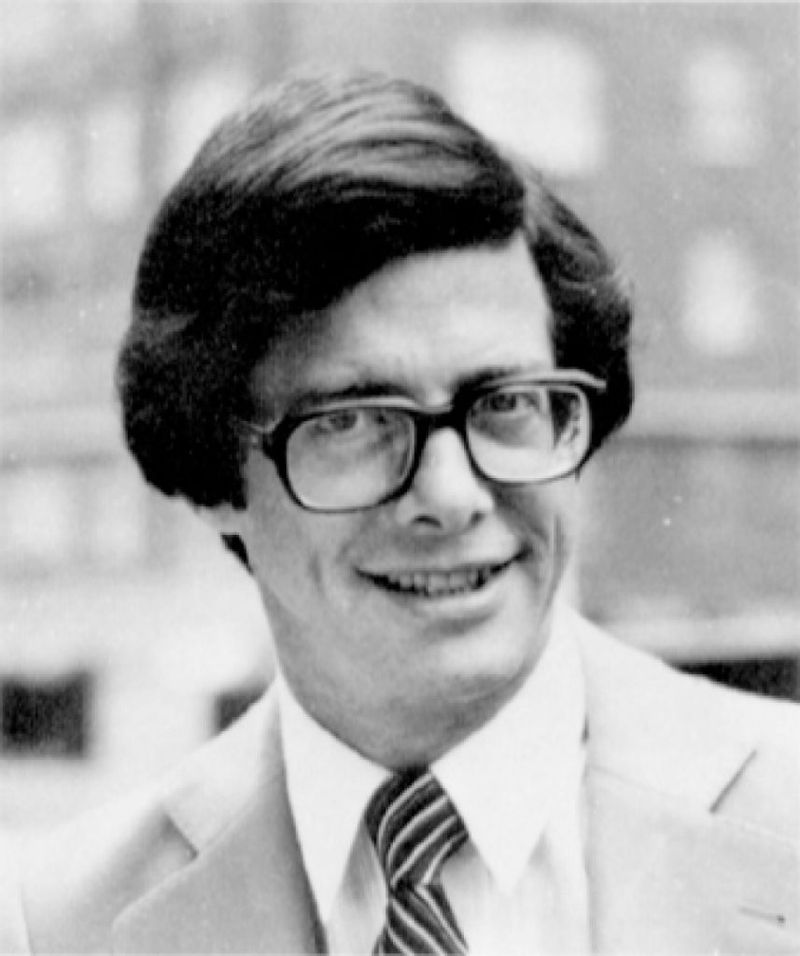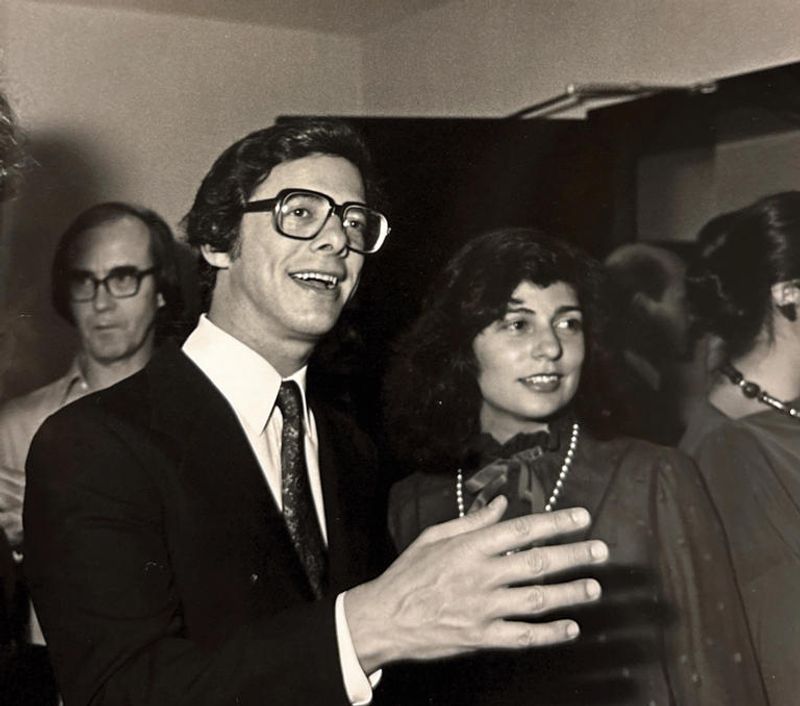Ayn Rand, the controversial founder of Objectivism, anointed one man—Leonard Peikoff—as her philosophical heir. But what happened after she passed the torch is a story few know… and even fewer expected.
1. Ayn Rand Called Him “The Only One”
Leonard Peikoff was not just a student of Ayn Rand; he was her most trusted disciple, known as “The Only One.” Their relationship was built on intense intellectual connection.
Rand saw him as the future beacon of Objectivism, entrusting him with her life’s work. Her naming of Peikoff as her intellectual heir was a testament to her belief in his capabilities.
However, this immense trust came with expectations that would weigh heavily on him. Peikoff’s dedication to Rand was unwavering, yet it marked the beginning of a challenging journey.
2. He Took Control of the Ayn Rand Institute
After Rand’s passing, Peikoff took the reins and established the Ayn Rand Institute. His mission was to transform her philosophical ideas into a structured organization.
The early days of the Institute were marked by optimism and ambitious goals, aiming to spread Objectivism far and wide. Peikoff’s leadership was crucial in these formative years, as he sought to maintain the purity of Rand’s teachings.
However, running such an institution was far from easy, and challenges lay ahead despite the promising start.
3. Feuds Quickly Erupted Within the Movement
The unity of the Objectivist movement was soon tested by internal conflict. A significant split occurred when Peikoff and David Kelley disagreed on ideological interpretations.
Peikoff insisted on maintaining a strict adherence to Rand’s original ideas, while Kelley advocated for openness to new interpretations. This divergence led to a major schism within the movement.
The debate over “purity” versus flexibility became a defining moment, creating lasting divisions among Objectivists as they grappled with these ideological differences.
4. His Magnum Opus Was a Philosophical Deep Dive
Peikoff’s major work, “Objectivism: The Philosophy of Ayn Rand,” was hailed by many as a comprehensive guide to Rand’s thoughts. This book delved deep into the philosophical underpinnings of Objectivism.
While some praised its clarity, others criticized it as overly dogmatic. The book’s reception highlighted the ongoing tension between maintaining Rand’s legacy and encouraging intellectual growth.
Despite varying opinions, Peikoff’s effort cemented his role as a key figure in the Objectivist world, influencing both supporters and critics alike.
5. The Movement Became a Battlefield
As Peikoff took a hard stance against deviations from Rand’s ideas, the Objectivist movement fractured further. His public denunciations of other Objectivists only fueled the fire.
Splinter groups emerged, each claiming to hold the true essence of Objectivism. The once-cohesive movement was now a battlefield of ideas, with hostility growing among factions.
This fragmentation illustrated the challenges of balancing ideological purity with the need for adaptation. The turbulence within the movement made it difficult to achieve unified progress.
6. He Made Controversial Public Declarations
Peikoff was never one to shy away from expressing bold opinions. His post-9/11 declaration—suggesting drastic measures in the Middle East—shocked many. This statement led to widespread criticism and alienation, even among his supporters.
The fallout underscored the risks of extreme viewpoints in the public sphere. Peikoff’s stance not only hurt his image but also fragmented his audience further.
It became a pivotal moment that highlighted the complex interplay between personal belief and public reception.
7. Followers Left in Droves
The internal strife and Peikoff’s controversial positions led to a decline in membership at the Ayn Rand Institute. Many former followers felt disillusioned, citing a departure from the movement’s core values.
As splinter groups gained momentum, the Institute struggled to retain its influence. This exodus marked a significant shift, as once-dedicated members turned away.
The erosion of trust within the community underscored the challenges of maintaining cohesion in the face of ideological rigidity and internal conflict.
8. Internal Power Struggles at the Ayn Rand Institute
Leadership at the Ayn Rand Institute was not immune to power struggles. Peikoff’s relationship with younger leaders like Yaron Brook was fraught with tension. Disagreements over the direction of the Institute fueled internal discord.
Peikoff’s traditionalist views often clashed with the newer generation’s desire for a modern approach. These internal conflicts highlighted the generational divide and the difficulties in passing on leadership.
The struggle for control within the Institute became a microcosm of the larger issues facing the Objectivist movement.
9. Peikoff Eventually Distanced Himself From It All
Feeling the weight of ongoing conflicts, Peikoff began to step back from his leadership role. He publicly expressed disillusionment with the direction the movement had taken.
This distancing was both a personal and strategic decision, allowing him to focus on his own projects. Peikoff’s withdrawal marked the end of an era for the Ayn Rand Institute.
While some saw it as a loss, others viewed it as an opportunity for new voices to emerge. His departure underscored the challenges of sustaining a cohesive movement over time.
10. The Empire Fragmented
The once-unified Objectivist empire is now a collection of competing voices. The fragmentation is evident in the presence of rival factions, each claiming to be the true torchbearer of Rand’s ideas.
This division has marginalized the movement, making it harder to influence the broader philosophical landscape. The splintering reflects the inherent difficulties in maintaining ideological unity.
As the movement continues to evolve, the challenges of preserving Rand’s legacy while encouraging intellectual diversity remain at the forefront.
11. The Legacy: A Cautionary Tale
Peikoff’s journey from Rand’s chosen heir to a disillusioned leader serves as a cautionary tale. His story highlights the high cost of ideological control and the burdens of carrying a philosophical legacy.
The rise and fall of Peikoff’s influence illustrate the risks of rigid adherence to a single vision.
As the Objectivist movement faces an uncertain future, the lessons from Peikoff’s experience are clear: balance is crucial. Maintaining ideological purity while fostering growth is a delicate act, fraught with challenges.

